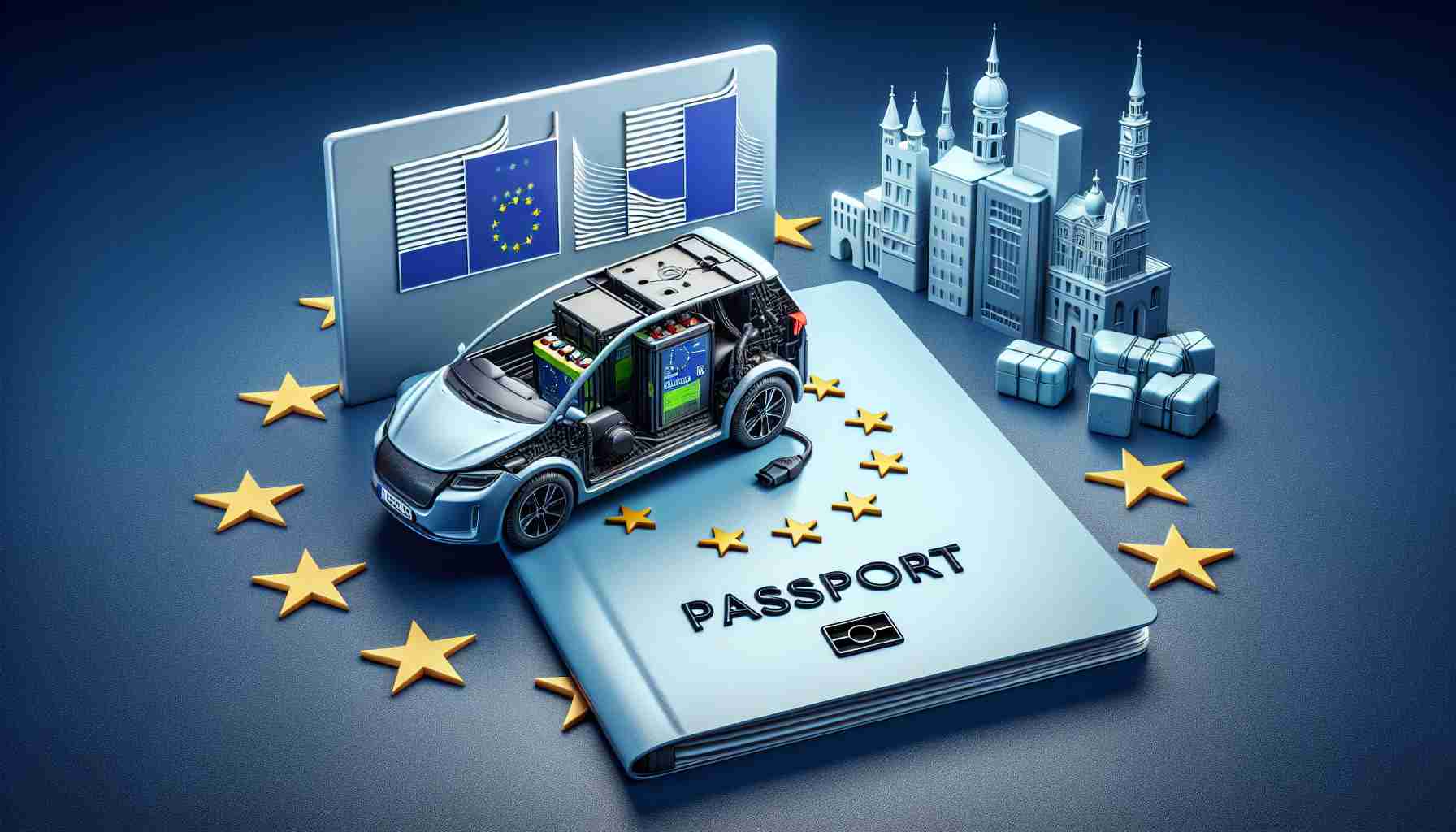According to the British publication Autocar, starting from February 2027, all fully electric vehicles sold within the European Union will be required to have a “battery passport” that will showcase the materials used in the batteries and their origins.
The “passport” will be mandatory for all batteries with a capacity above 2 kWh and will be linked to the vehicle’s identification number (VIN).
Information about the batteries will be accessible through a QR code, which will reveal details such as the materials used (e.g., lithium or cobalt) and where they were sourced. This is intended to provide electric vehicle manufacturers with greater transparency in their supply chains to ensure that materials are sustainably and ethically sourced.
Owners of electric vehicles will also be able to use the same QR code to access information about the battery’s condition and capacity.
“The [car] manufacturer has access to everything. [The car buyer] sees general information, perhaps some information about the supply chain, as well as the capacity and health status of the battery,” said Ellen Carey, Director of External Relations at Circulor, as quoted by Autocar.
These data points can vary depending on the role in the primary order or in the closed-loop economy. For example, a recycler will only see the battery type and how to safely dispose and handle it.
The EU plans to carry out a €14.5 million project called the “Battery Passport Consortium,” aiming to determine what other information should be included in the passport.
While initially implemented in Europe, it is possible that battery passports could become common worldwide, especially in countries like New Zealand where car buyers are conscious of their purchases.
Key Terms:
– Battery Passport: A document containing information about the materials used in an electric vehicle’s battery and their origins.
– QR Code: A two-dimensional code that can be scanned using a smartphone or other device to access related information.
– Lithium (Lit): Chemical element frequently used in lithium-ion batteries.
– Cobalt: Chemical element commonly used as a component in lithium-ion batteries.
– Transparency: The quality or state of being clear and understandable.
– Supply Chain: The entire process of obtaining, manufacturing, and delivering a product to the end customer.
– Closed-Loop Economy: An economic system in which products are designed and utilized in a way that ensures their long-term use, followed by recycling and reuse.
– Recycler: A person or company involved in processing waste to recover materials or energy.
– Battery Passport Consortium: A European Union project aiming to establish guidelines for the content of battery passports.
– New Zealand: A country in the Pacific that may introduce battery passports due to buyers’ awareness.
FAQs:
1. What type of document will be required for all fully electric vehicles sold in the EU starting from February 2027?
All fully electric vehicles sold within the European Union will be required to have a “battery passport” starting from February 2027.
2. What will the “battery passport” entail?
The “battery passport” will contain information about the materials used in the electric vehicle’s battery and their origins. It will be linked to the vehicle’s identification number (VIN).
3. How can one obtain information about the battery using the “battery passport”?
Information about the battery will be accessible through a QR code, which will reveal details such as the type of materials used (e.g., lithium or cobalt) and where they were sourced.
4. Why are “battery passports” being introduced for electric vehicles?
The introduction of “battery passports” aims to provide greater transparency regarding the supply chain of materials used in battery production. This will assist electric vehicle manufacturers in ensuring that materials are sustainably and ethically sourced.
5. Who will be able to access the information contained in the “battery passport”?
Owners of electric vehicles will be able to use the QR code provided in the “battery passport” to access information about the battery’s condition and capacity. Other individuals, such as manufacturers or recyclers, will have access to different battery-related information based on their role in the primary order or closed-loop economy.
6. What are the EU’s plans regarding the implementation of “battery passports”?
The EU plans to carry out a €14.5 million project called the “Battery Passport Consortium” to determine what other information should be included in the battery passport.
7. Will the implementation of “battery passports” be limited to Europe only?
According to the article, the “battery passport” system will initially be implemented in Europe. However, in the future, such passports could become common worldwide, especially in countries like New Zealand, where car buyers are mindful of their purchases.
8. Can I find more information on this topic?
Interested individuals can find more information on the Autocar website: [link](https://www.autocar.co.uk/car-news/industry-news-electric-cars/electric-cars-must-have-battery-passport-inside-eu-2027)
The source of the article is from the blog trebujena.net
